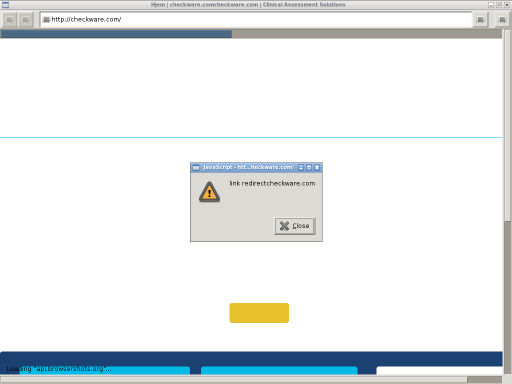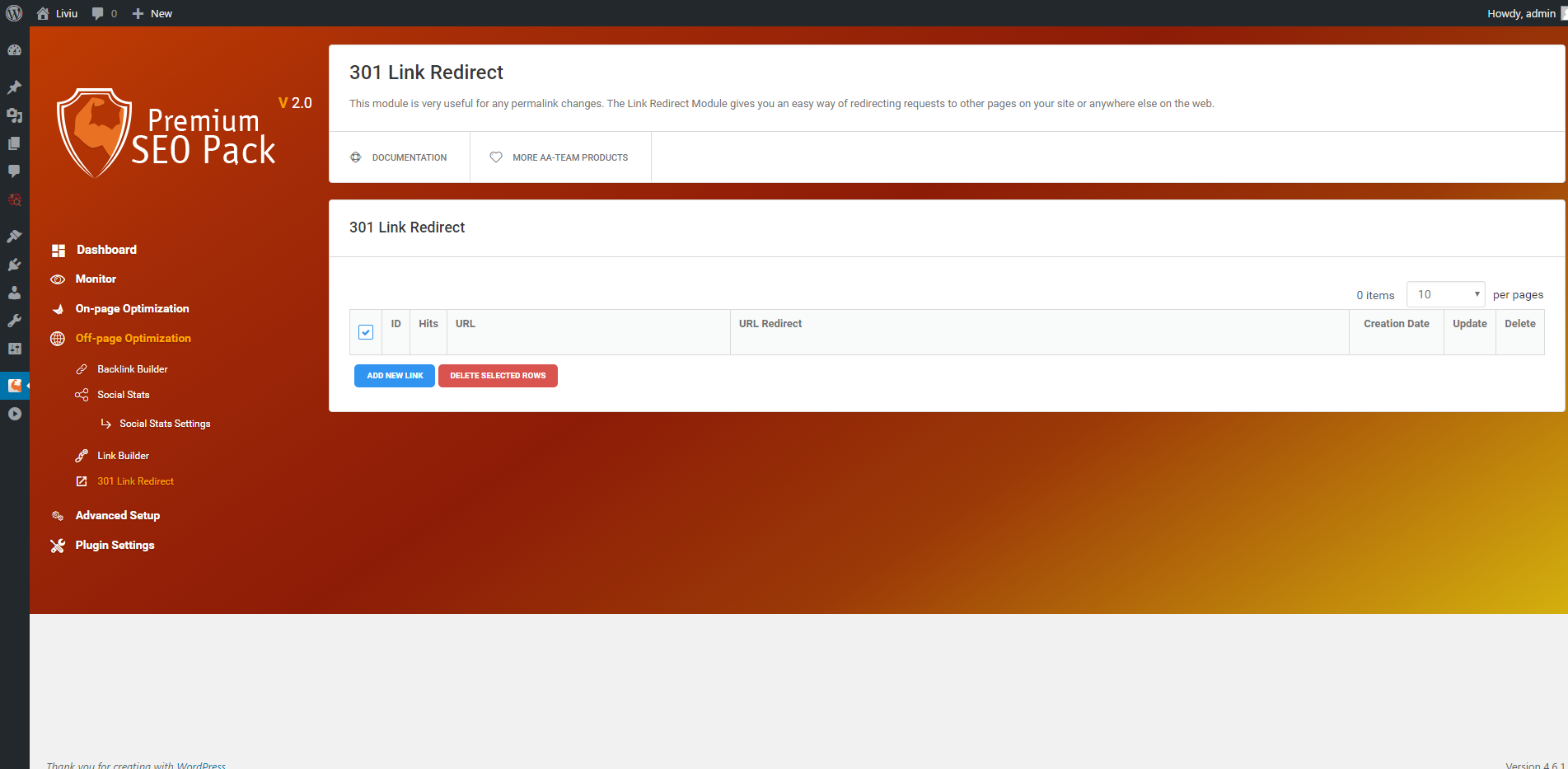


The required browser is launched according to the configured policy set - either Internet Explorer, Google Chrome, Mozilla Firefox, Microsoft Edge (Legacy) or Microsoft Edge (Chromium). Browser Redirector runs in each user session and acts as a proxy, directing web requests on a per request basis.It will intercept http and https URL requests and redirect them as required. In addition, the Browser Redirector feature can be set as the default browser for each user. When enabled, the Browser Redirector feature allows requests from websites to be intercepted and redirects them to the web browser based required according to defined policies.When a user then selects a URL link or enters a URL to the browser address bar, Browser Redirector intercepts the request and opens the browser required according to the rules defined. The Browser Redirection feature can help organizations overcome these challenges by allowing administrators to define policies to ensure certain URLs are always launched in the required browser. For example, some web-based applications may be optimized for Google Chrome, but an older business web-based application may require Internet Explorer. As a result, organizations provide users with access to multiple browsers to enable compatibility. Different web applications may require a certain web browser to run correctly. Increased business use of browser-based applications creates challenges.


 0 kommentar(er)
0 kommentar(er)
